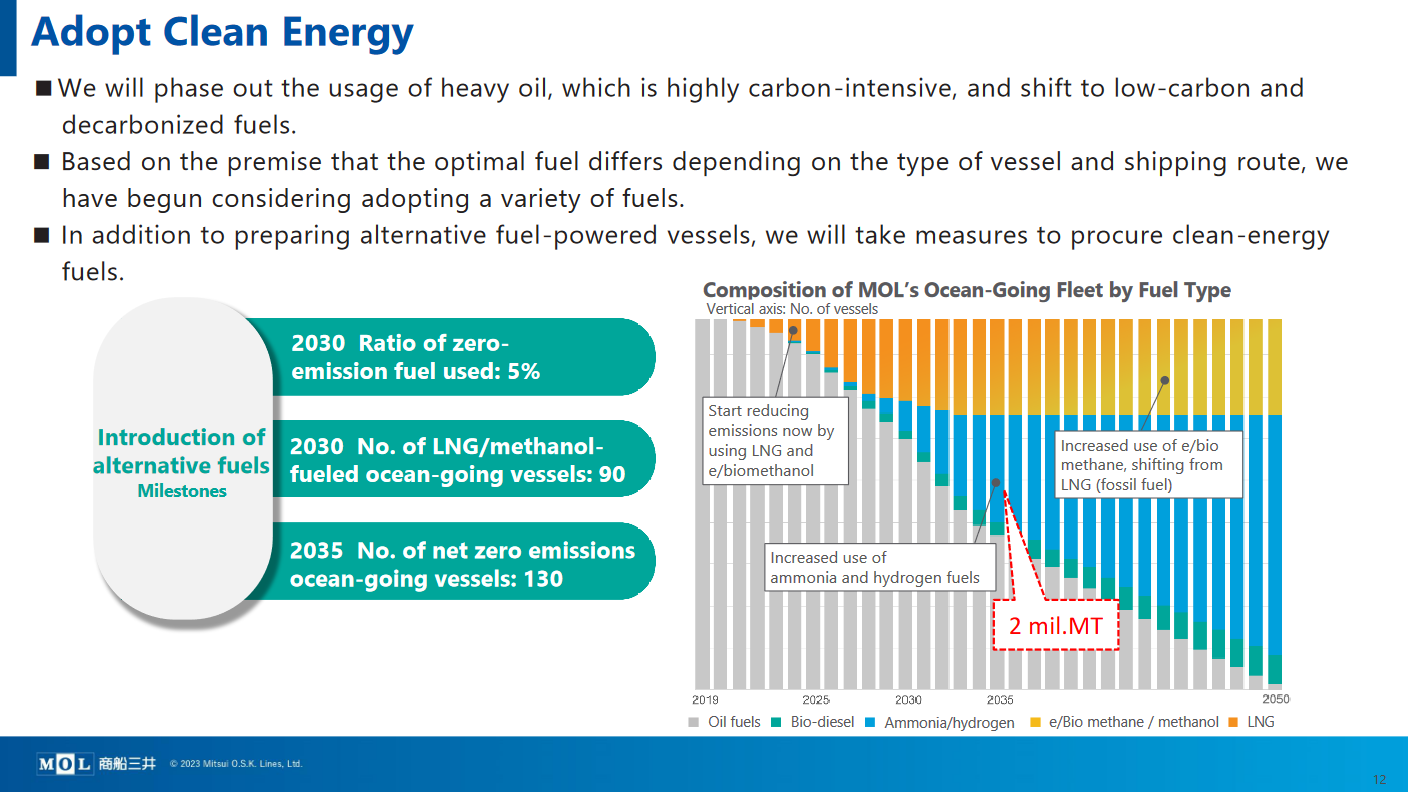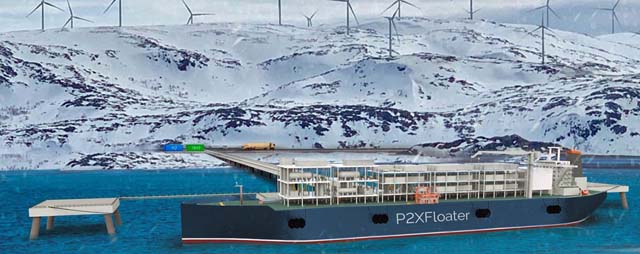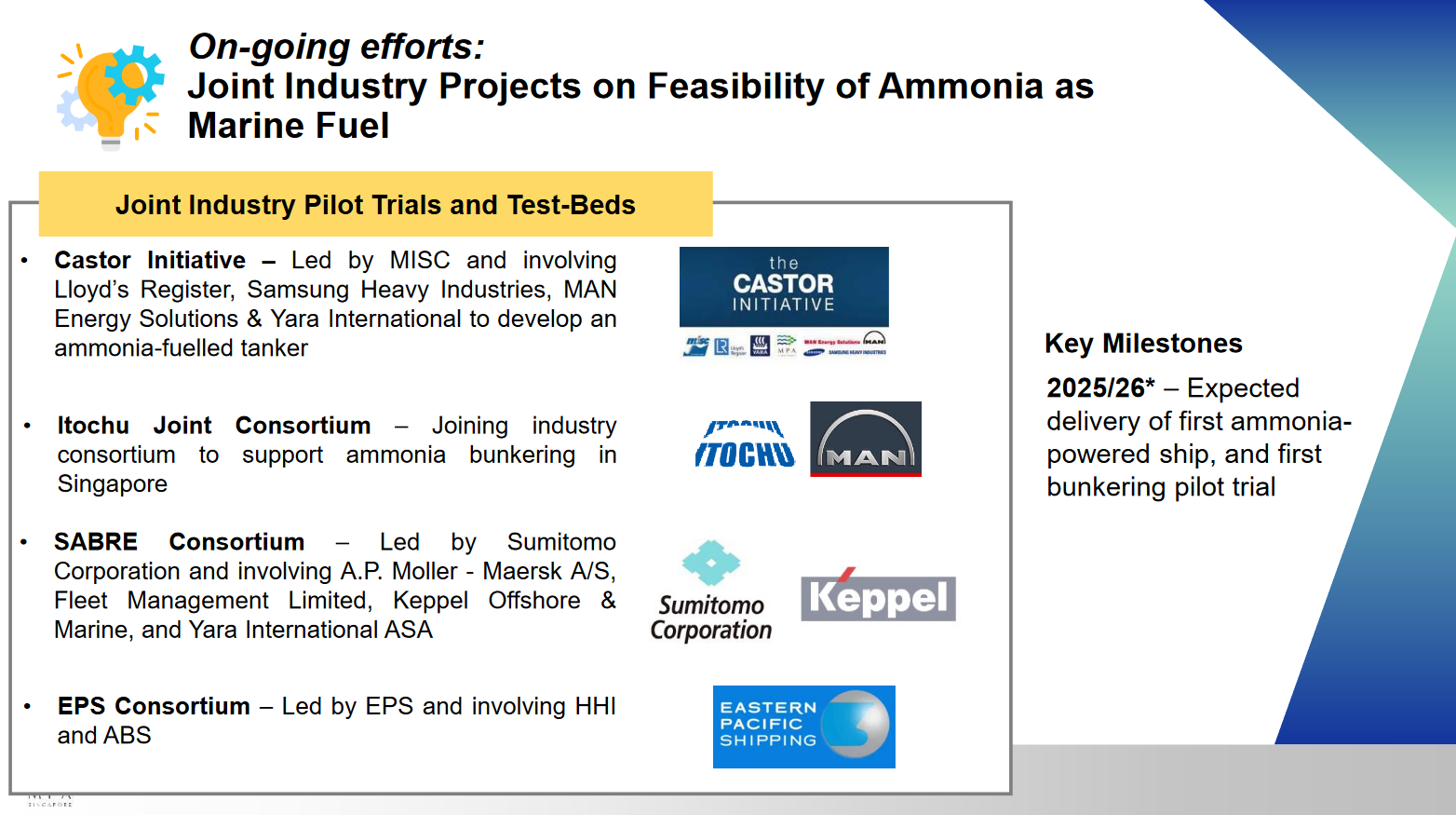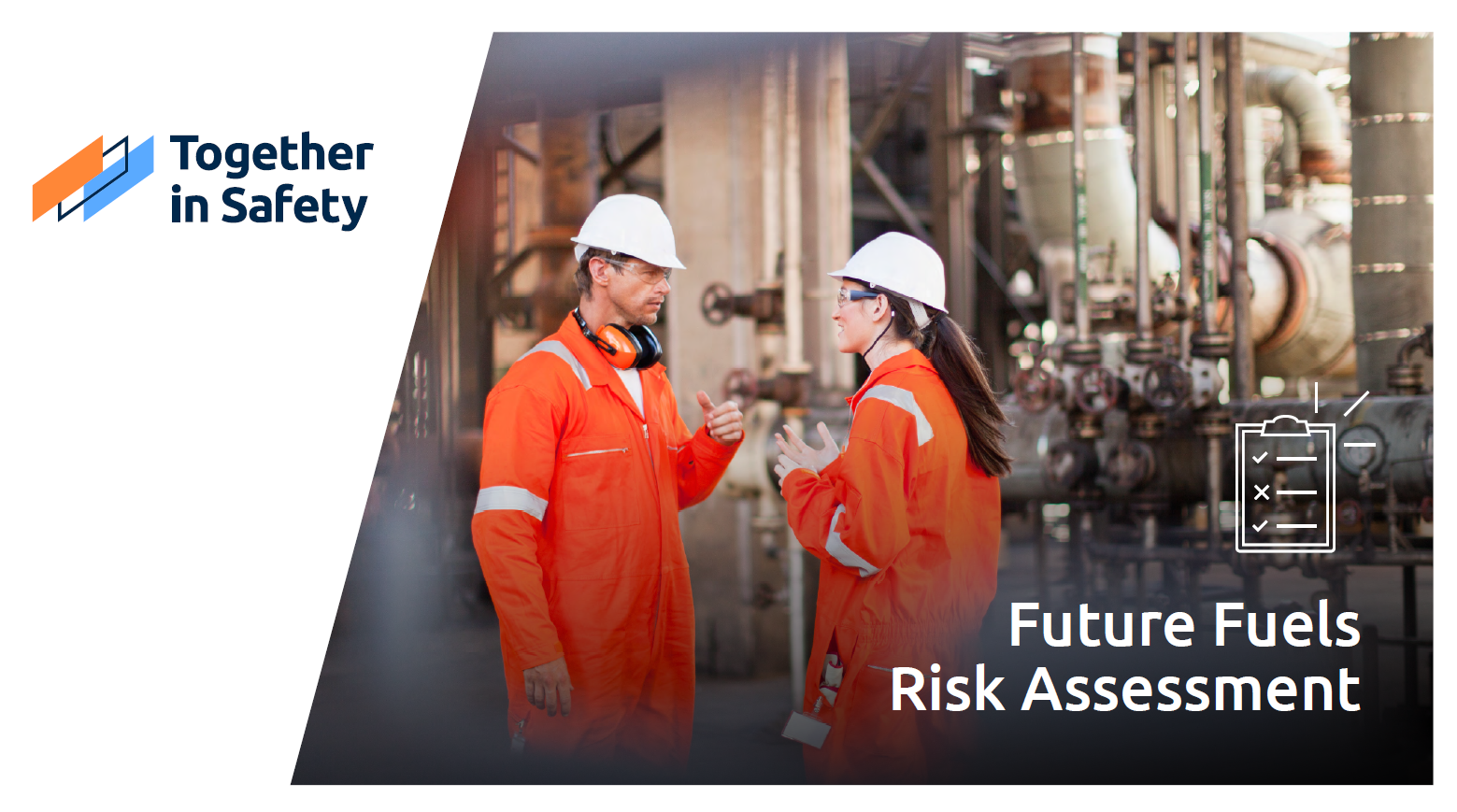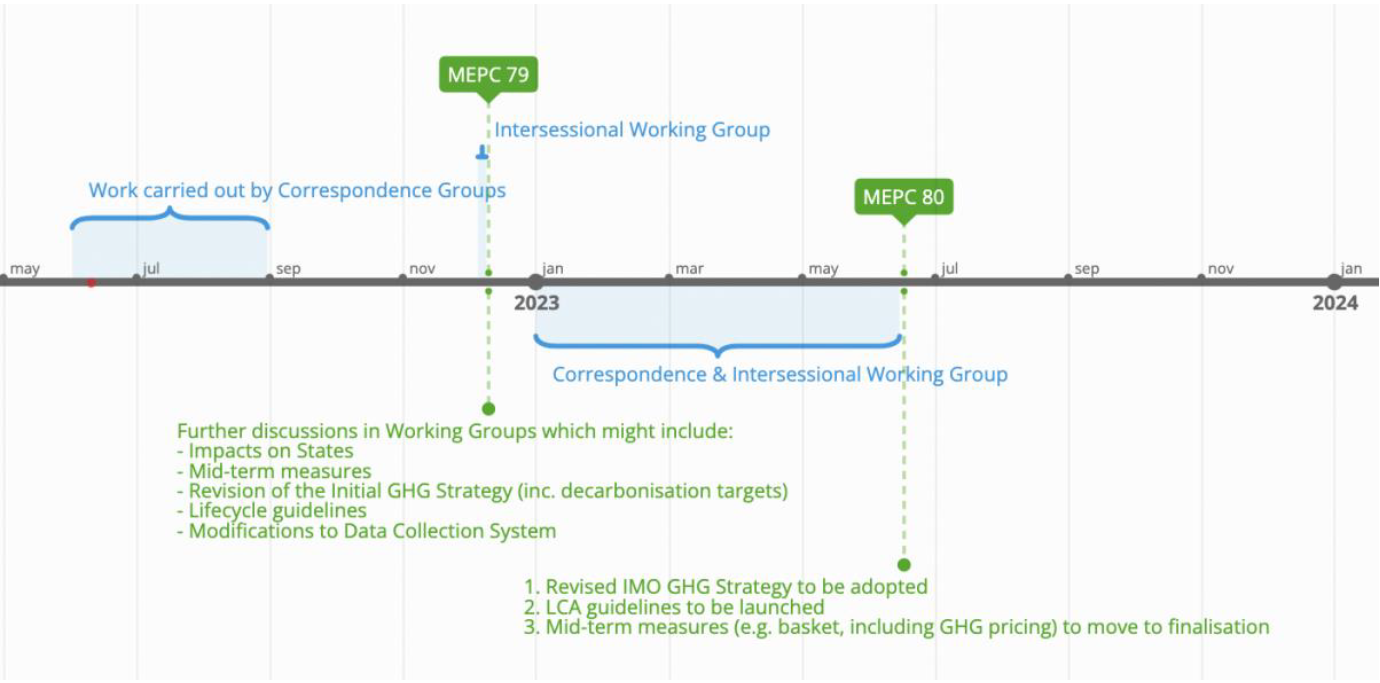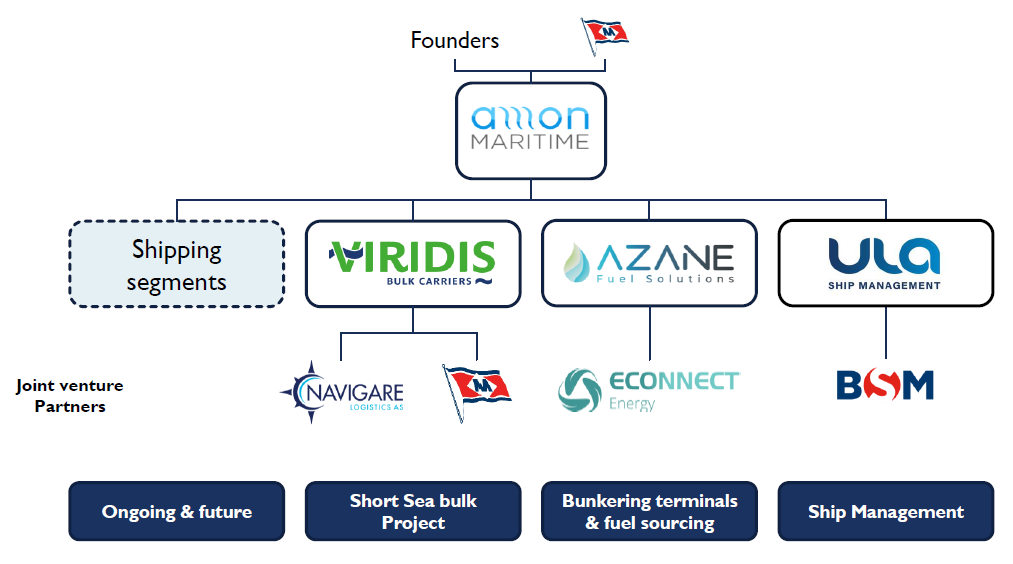As part of our Maritime Ammonia Insights series, we explore progress onboard the NH3 Kraken, Amogy’s ammonia-powered tug being developed in New York state. We heard updates on vessel retrofits, design points, project partners, the ongoing relationship with the US Coast Guard, HAZOP assessments, regulatory work and the remaining challenges before the tug hits the water for operational trials. Amogy’s Abigail Jablanksky and Chief Safety Solutions’ Herbert Fowlkes joined Conor Furstenberg Stott in conversation.
Content by Author
Mitsui O.S.K. Lines: forging ahead with a comprehensive strategy for maritime ammonia
Earlier this year, the Japanese shipping giant declared a strategic direction which included a substantial role for low carbon ammonia. In our latest episode of Maritime Insights we explored the scope of this new strategy, MOL’s future fuels roadmap, and the wide range of initiatives in play to construct a full value chain for fuel ammonia (including mega-scale production projects).
Safety and the marine ammonia engine
As part of our Maritime Ammonia Insights webinar series, we explored the safety learnings gained so far during the development of maritime ammonia fueled engines, as well as existing best practices for safe ammonia handling. John Mott (ASTI), Kaj Portin and Laura Sariola (both Wärtsilä) were joined in conversation by Conor Furstenberg Stott.
Floating production of hydrogen & ammonia
H2 Carrier's P2XFloater™ concept received Approval in Principle from DNV in late August. With beginnings in the oil industry, Floating Production units have played a vital role, extending the life of offshore fields and allowing for greater flexibility in production & transfer of product. As the energy transition gathers pace, so-called “Floaters” represent an immediate opportunity to fully leverage new Power-to-X projects, allowing for offshore production of hydrogen and ammonia.
Ammonia Green Corridors - The Opportunity Is Now
Since the Clydebank Declaration was signed last December, the prospect of ammonia-fueled, green maritime corridors has been steadily rising. The Global Maritime Forum has just released a valuable discussion paper on potential definitions and approaches for green corridors. Recent announcements in Europe, Singapore, Australia and the Nordic countries demonstrate growing momentum. For maritime stakeholders to capture early learnings and best manage the complex task of alternative maritime fuel scale-up, the opportune time is right now.
Developing ammonia maritime engines & fuel: a collaborative approach
The latest episode of Maritime Ammonia Insights webinar centred around collaboration, leadership & Singapore: three critical elements in the maritime ammonia transition. Sofia Furstenberg Stott was joined by Peter H. Kirkeby (MAN Energy Solutions) and Yi Han Ng (Maritime and Port Authority Singapore), who discussed timelines for engine development, the benefits of a consortia approach, and the all-important safety & technical progress of maritime ammonia technologies.
Maritime actors push on with overcoming ammonia fuel safety concerns
Two recent reports (one from Bureau Veritas & Total, the other from the Together in Safety consortium) illustrate just how seriously the maritime industry is pursuing low carbon ammonia fuel. While progress in the maritime ammonia space is impressive, safety risks are widely-acknowledged and work remains to be done.
Both reports identify key hazards facing adoption of ammonia as a maritime fuel, and echo points heard before in the development of methanol & LNG as maritime fuels: high-risk hazards currently exist that must be eliminated, mitigated or controlled. But Together in Safety concludes the way forward will be via collaboration & shared responsibility - something we’re already seeing in the multiple high-profile safety studies and consortia working around the globe. Thankfully, the willingness of significant maritime players to engage on ammonia and the momentum for change are both high.
Reflections on the last meeting of the Marine Environment Protection Committee: the time is ripe for maritime ammonia
To develop sufficient ammonia supply to meet future maritime fuel demands, we face a herculean task. The recent meeting of the IMO’s Marine Environment Protection Committee (MEPC 78) gives us an insight into the key next steps to address financial & regulatory challenges. For the first time, MEPC 78 introduced the idea of a “Zero by 2050” goal for global shipping: a steep change in ambition. The use of funds from mechanisms like carbon pricing to ensure a fair, just and equitable transition, the necessity of high-impact investment to drive the fuel transition, and the adoption of new LCA guidelines in the next twelve months were also discussed. The drive & ambition shown at MEPC 78 indicates that the time is ripe for maritime ammonia to position itself as the fuel of choice for the global shipping industry.
AMON Maritime: Ammonia-fueled ships and networks
In our most recent episode of Maritime Ammonia Insights we introduced the Amon Maritime consortium. Amon is unique, as it builds from the ground up and shares risk to remove the chicken-and-egg dilemma faced by new maritime ammonia players. Acknowledging that external funding has been essential to reach the point where they are at today, Amon Maritime has progressed as a shipping company and ammonia bunkering network at remarkable speed. With their novel approach and impressive progress to date, there are many takeaways for the wider maritime stakeholder environment to consider. Amon’s CEO André Risholm and CCO Karl Arthur Bræin joined Conor Fürstenberg Stott to discuss the opportunities ahead.

